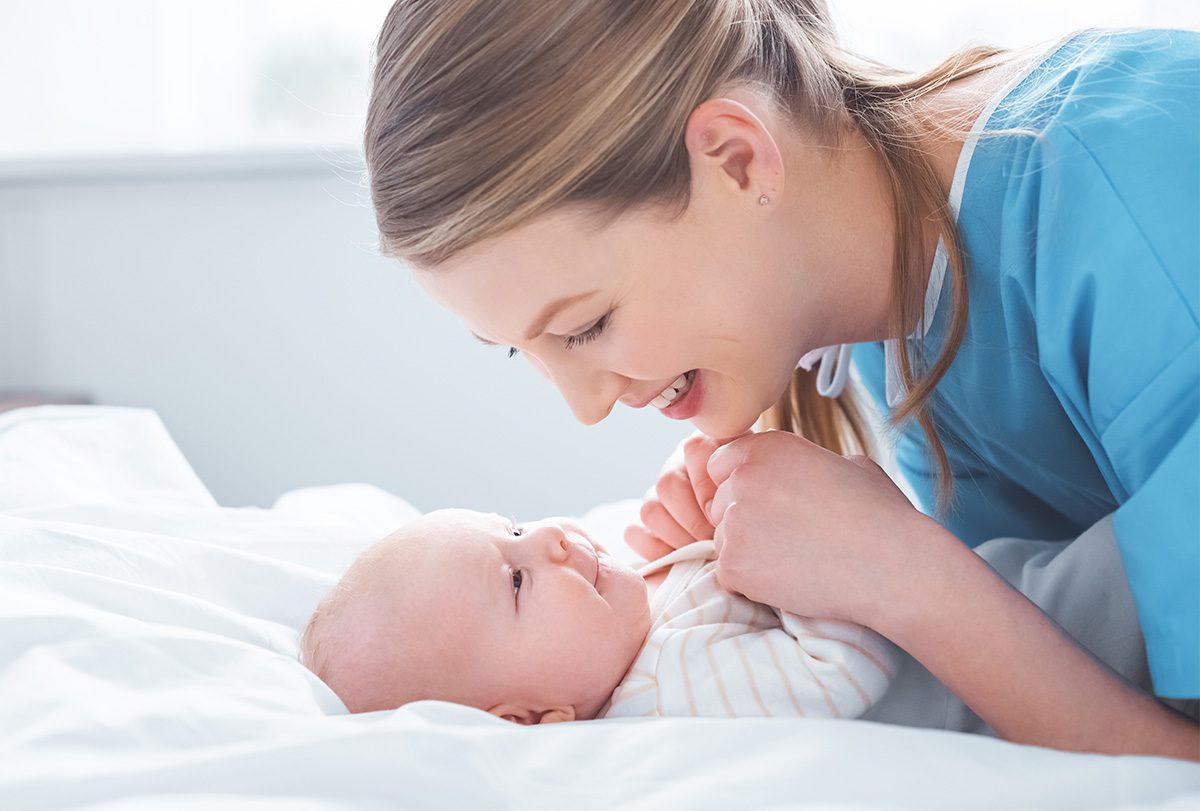Taking care of your baby can be a little frightening if you’re a new parent. From the baby’s first bath to those first unsteady steps, there are a lot of “firsts” to experience. Review your caring techniques with this brief introduction.
Bathing
Always check the water’s temperature before giving your child a bath to ensure it isn’t overly hot. Apply light soap sparingly. Wash your child’s face gently first, then the rest of their body, completing the diaper region last. It could be alluring to bathe your child every day. It’s a terrific way to bond, after all. However, frequent bathing might dry up sensitive skin.
Nail Trimming
The fingernails of babies develop swiftly. Long nails can also lead to accidents like scratched faces when babies explore with their hands. Keep nails under control with a little nail clipper to protect your child. When your baby’s hands are relaxed during a nap, trim their nails. When trimming, gently press down on the skin above the nail to prevent cutting the finger. Use an emery board to smooth any uneven edges.
Teeth Brushing
Keep your infant’s mouth clean by gently wiping the gums with a washcloth. When their first tooth appears, brush it with a soft toothbrush and a tiny smear of toothpaste. And never put your baby to bed with a bottle—long exposure to liquids other than water can lead to tooth decay. As Dr. Stahle explains, “Tooth decay, which happens when the mouth is infected with bad bacteria, is among the most common infectious diseases in childhood. That’s why it’s so important to start good dental health early.”
First Haircut
When it comes to your baby’s first haircut, there are no rules. The timing of this milestone is largely based on family custom or preference. Whether the hair is cut in infancy or a year (or more!) down the road, it will not affect how thick your baby’s hair will be or how fast it will grow. Do what feels right. Just remember to save a snippet as a keepsake.
Baby Shoes
There are countless options for baby shoes, ranging from tiny sneakers to dazzling booties. However, even once your child learns to walk, it’s advisable to minimize the amount of time your child spends in shoes and to have them wear lightweight, flexible shoes when they go outside or on uneven surfaces. Why? Dr. Stahle claims that “walking barefoot helps build foot strength.” “Putting shoes on your baby can actually impede their ability to move and develop their feet.”

